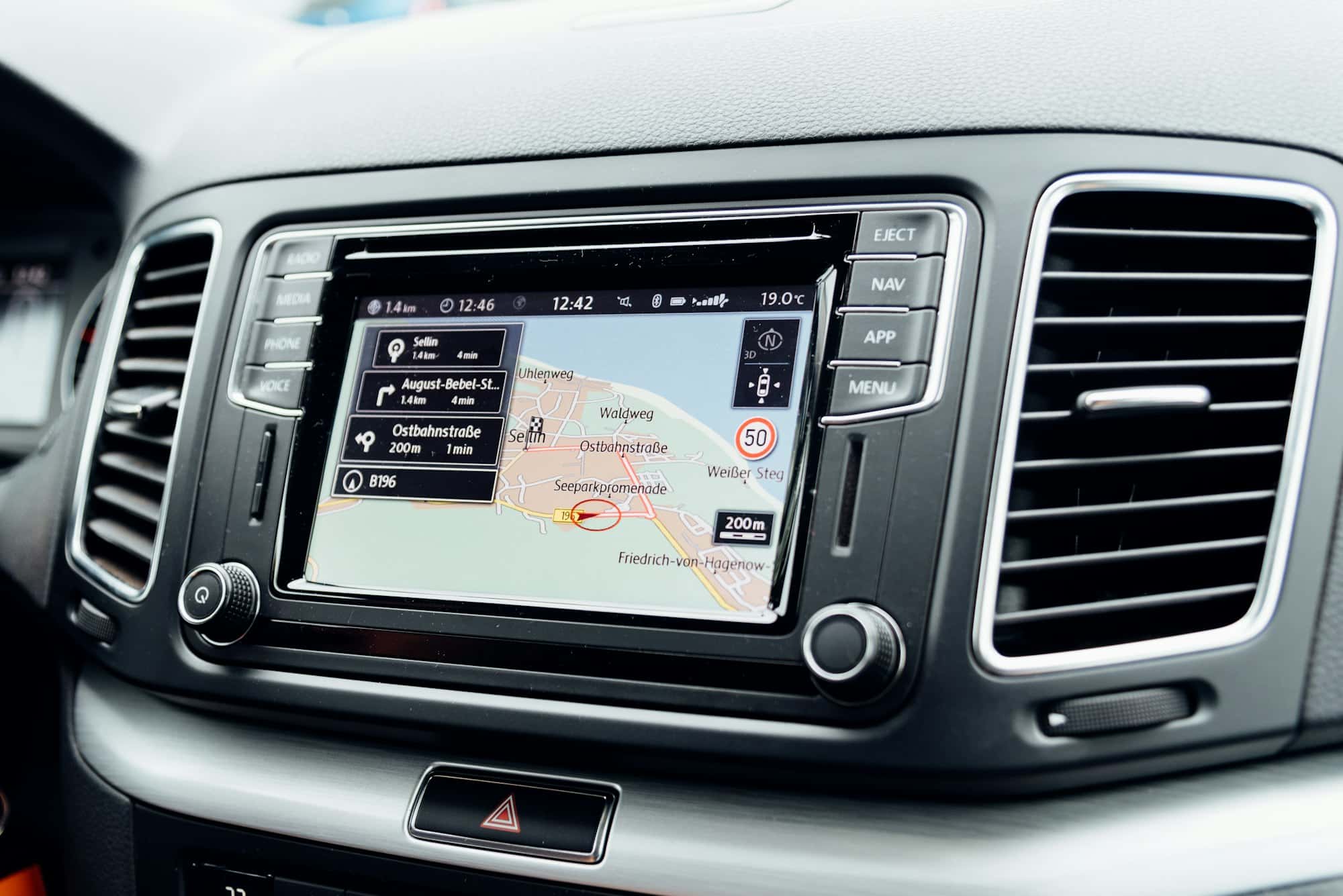How to Implement a GPS-Based Performance Data Logger in a Porsche 911 GT3 for Driver Improvement?

The Porsche 911 GT3 is an example of a car that exemplifies performance, speed, and precision. With every lap on the track, the GT3 is designed to offer drivers nothing but the best driving experience. But how can you as drivers further enhance your skills and performance? With the use of GPS-based performance data loggers, taking your driving to the next level is made possible. It offers insights into car and driver performance that can be utilized to improve on-track performance. This article provides a step-by-step guide on how to implement such a system in a Porsche 911 GT3.
The Benefits of a GPS-Based Performance Data Logger
Before diving into the process of implementing a GPS-based performance data logger in your Porsche 911 GT3, let’s first unpack why this system is beneficial. A GPS-based performance data logger is an innovative tool that collects and analyzes data from your car while you take it for a spin on the track. It measures aspects like speed, lap times, engine performance, and even driving techniques.
A lire en complément : Transform your space with luxury dior wall art prints
This data is then presented in a user-friendly way, often through an app on your smartphone or tablet. You can watch videos of your laps, study the data, and pinpoint areas in your driving that could use improvement. Plus, many apps allow you to compare your data with other drivers, adding an element of competition that many racing enthusiasts enjoy.
With the data collected, you can develop a personalized training program. Areas such as braking, cornering, and acceleration, among others, can be improved based on the data recorded. This makes the use of a GPS-based performance data logger an invaluable tool for driver improvement.
Lire également : How to Properly Seal and Protect the Convertible Top Mechanism in an Audi A5 Cabriolet?
Choosing the Right GPS-Based Performance Data Logger
When you decide to invest in a GPS-based performance data logger for your Porsche 911 GT3, it’s important to choose a system that suits your needs and preferences. These systems vary in terms of features and functions, so it’s imperative to pick one that aligns with your goals.
Most loggers provide basic data like speed, lap times, and track location. However, more advanced systems offer additional information such as G-force measurements, throttle position, and brake pressure. A high-quality video recording feature is also beneficial as visual data can be easier to interpret and more useful for driver improvement.
Another factor to consider is the app interface. User-friendliness is key. Look for an app that provides a clean, easy-to-navigate layout with clear data presentation. Compatibility with your device should also be considered, as well as the ability to share and compare data with other drivers if you wish.
Installing the GPS-Based Performance Data Logger
Once you have chosen the right GPS-based performance data logger, the next step is installation. The process varies depending on the system but there are a few general steps you can follow.
Firstly, you need to find a suitable location in your 911 GT3 to mount the GPS receiver. Preferably, it should be placed at the front of the car, with a clear view of the sky for optimal signal reception. The data logger itself can be placed anywhere within the car, although many drivers opt for the rear to keep it out of the way.
Next, connect the logger to your car’s OBD-II port. This allows the logger to access data from your car’s on-board computer. Some systems may also require a connection to the car’s CAN bus, a vehicle’s internal communication network.
Finally, you need to set up the associated app on your device. This usually involves downloading the app, creating an account, and linking it to your logger.
Understanding and Analyzing the Data
After you’ve installed the GPS-based performance data logger in your Porsche 911 GT3, the next step is understanding and analyzing the data. This can be a complex process, especially if you’re new to this type of technology. However, with time and practice, it becomes easier to interpret the information and use it to improve your driving skills.
Data such as lap times, speed, and engine performance are relatively straightforward. However, understanding things like G-forces, throttle position, and brake pressure may require a bit more research and study. Additionally, analyzing video footage can also be challenging, especially when it comes to identifying small but important differences in your driving technique.
However, overcoming these challenges is worthwhile. By understanding and analyzing your performance data, you can identify your weaknesses, refine your skills, and improve your lap times.
Making Driver Improvement a Reality
After understanding and analyzing the data, you are now equipped with the knowledge to make driver improvements. Whether it’s adjusting your braking technique, taking corners differently, or managing your speed more effectively, the data provides a roadmap for improvement.
One of the key benefits of using a GPS-based performance data logger is the ability to track your progress over time. By regularly reviewing and comparing your data, you can see how your skills are improving. This not only provides motivation but also highlights the effectiveness of your training efforts.
Ultimately, the implementation of a GPS-based performance data logger in your Porsche 911 GT3 is a step towards becoming a better driver. With the right system, installation, and interpretation of data, you can transform your ordinary track days into a more valuable and rewarding experience.
The Precision App: A Crucial Tool in Data Logging
Upon successful installation of the GPS-based performance data logger, the next pivotal step involves the precision app. A precision app is a critical interface that presents the performance data collected by the GPS logger in a user-friendly and digestible format. The app is essentially the steering wheel that guides drivers through the vast amount of data collected during their track day.
The app should provide a comprehensive overview of your speed, lap times, front and rear axle performance, and other critical data points. Look for an app that offers a clear and understandable presentation of G-forces, throttle position, brake pressure, and engine performance. These are all crucial aspects that directly influence the car’s behavior on the track. Therefore, a thorough understanding of these variables is key for driver improvement.
Another noteworthy feature of a good precision app is the ability to compare your data with other drivers or teams. This brings a competitive element into your training and can be an excellent motivator for improvement. It also gives you a clear benchmark of where you stand in terms of skill and performance.
The precision app can also help you to share your achievements and progress. With the growing popularity of sharing photos and videos from race car experiences, the app’s ability to share your performance data on social media platforms can be a fun and engaging feature. This way, you can receive likes and comments on your posts, adding an additional layer of excitement to your track day experience.
Conclusion: Utilizing Performance Data for Driver Training
The application of a GPS-based performance data logger to a Porsche 911 GT3 is a game-changing approach to driver training. The data collected provides a deep dive into your driving habits, highlighting areas that need improvement. This, in turn, allows for a more focused and personalized training program.
Analyzing data such as lap times, front and rear axle performance, throttle position, G-forces, and brake pressure can help you understand where you might be losing time on the track. The precision app then presents this information in an easy-to-understand format, enabling you to make necessary changes to your driving techniques.
Furthermore, the ability to share and compare your data adds a competitive edge to your training. This can be a significant motivator for improvement, as well as a fun way to engage with other drivers and teams.
By making data logging a key part of your track days, you are not just enhancing your driving skills, but also enriching your overall driving experience. Whether you’re a professional race car driver or a motor authority, this approach to driver training can help you push boundaries, shatter personal records and, most importantly, increase your enjoyment behind the wheel of your Porsche 911 GT3. With the right tools and training, you can turn your ordinary track days into extraordinary experiences, one lap at a time.
